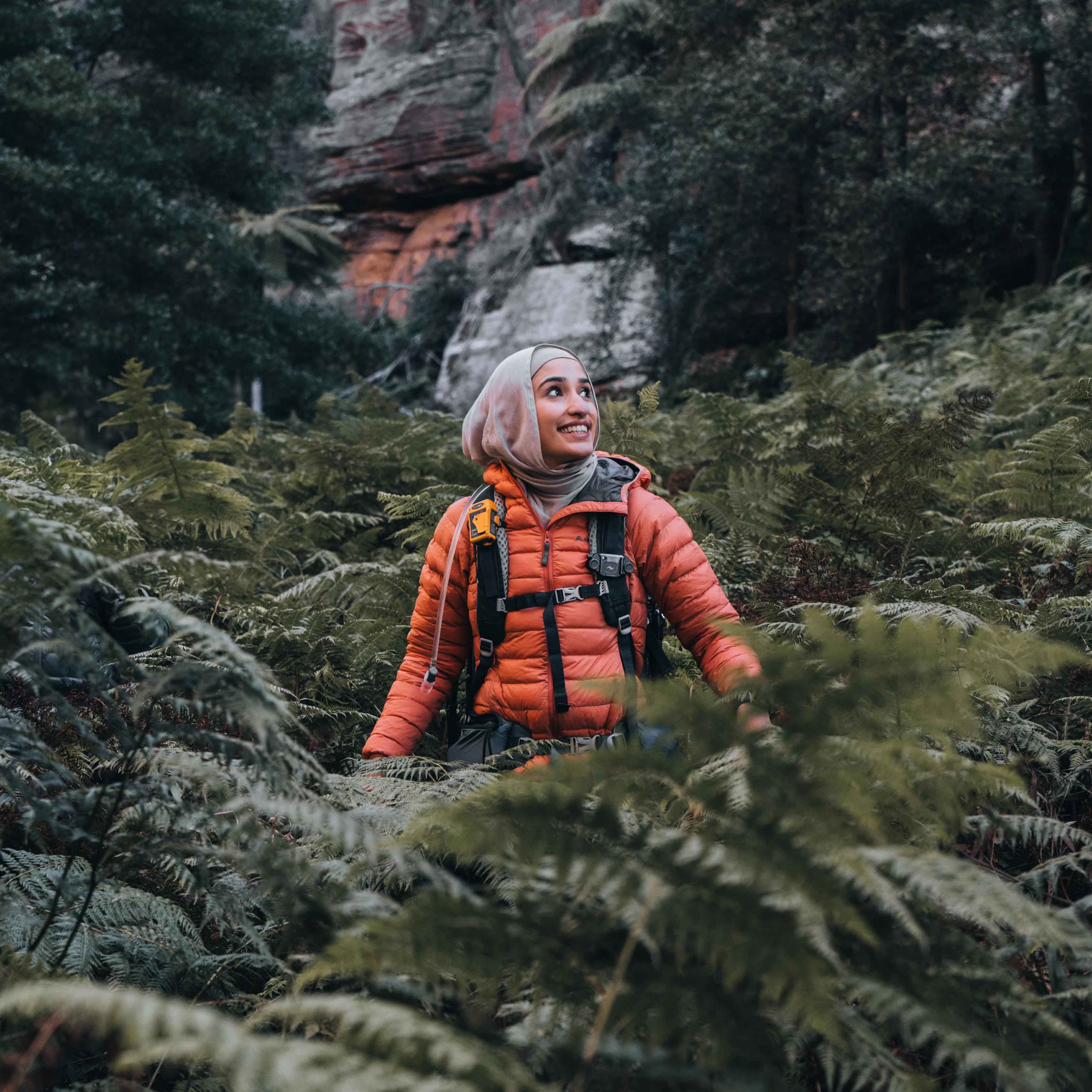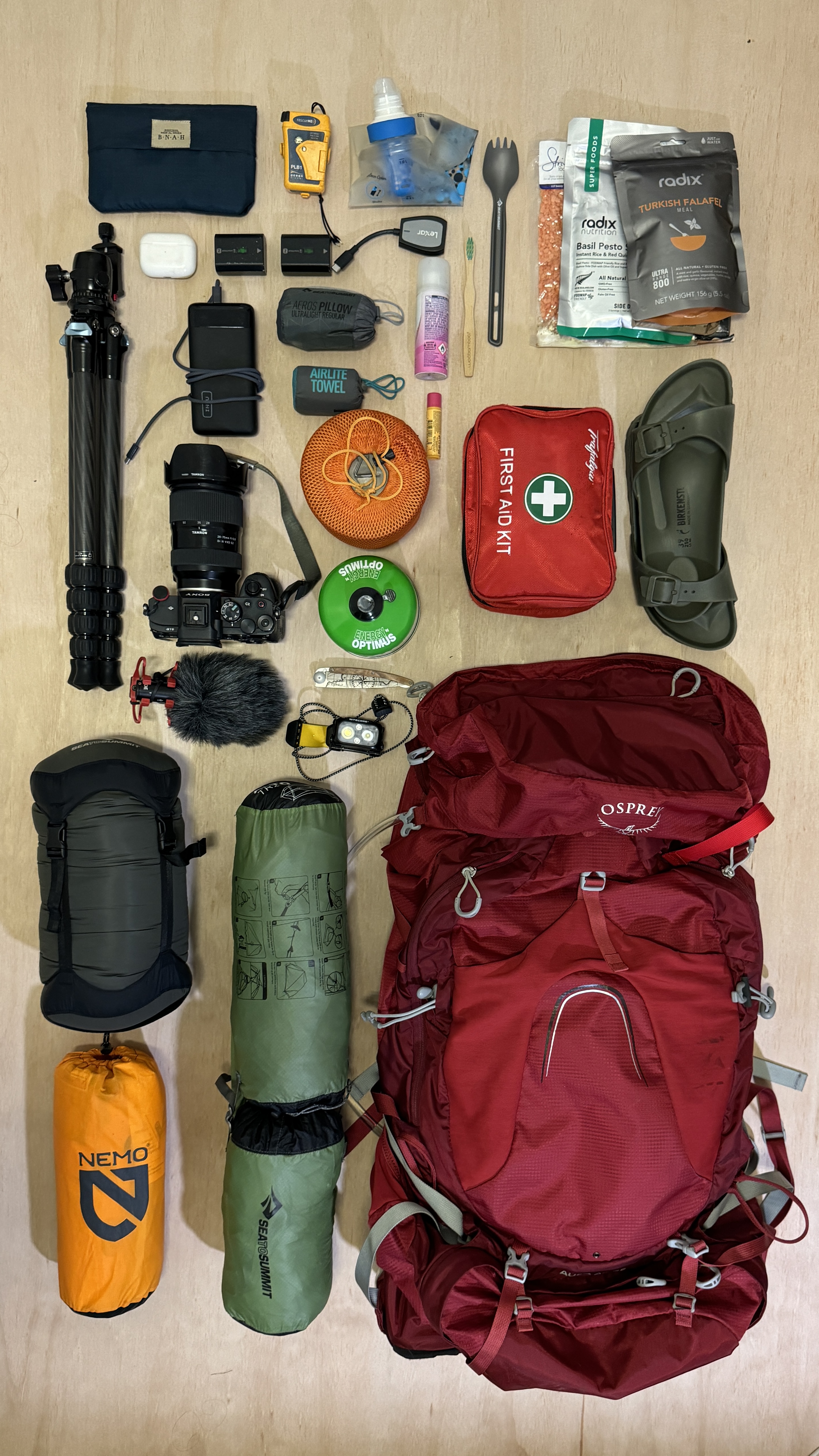I started hiking about seven years ago, and one of my first experiences was getting bitten by a snake. I had no idea what to do. I panicked, had no phone reception, and just kept walking, not realising how serious it could have been. Luckily, it wasn’t venomous and I walked away fine. But it was a wake-up call.
At the time, I didn’t carry a snake bite kit, didn’t know snake bite first aid, and wasn’t prepared for much at all. That moment made me take safety more seriously. It’s not just about having the right gear, but knowing how to actually use it if something goes wrong.
What Every Hiker Should Know
If you’re hiking in Australia, snake awareness is a must. Encounters are possible, especially in warmer months, so understanding how snakes behave and how to respond if you come across one can really lower the risk. But if a bite does happen, knowing how to handle it can make all the difference.
Basic snake bite first aid is something every hiker should know. It’s not just about having the gear, it’s knowing how to use it when it matters most.
First Aid for Snake Bites
In the event of a snake bite, the priority is to remain calm and immobilise the affected area, preventing the venom from spreading through the body. This can be achieved by applying a pressure immobilisation bandage. It’s important to carry a snake bite first aid kit with at least two compression bandages, a gauze swab, and a marker to note the time of the bite. Beyond carrying the necessary equipment, I learned that education is just as important. Taking a first aid course and watching instructional videos online can equip you with the knowledge to handle a snake bite effectively until medical help is available.
What to Do if You See a Snake on the Trail
Coming across a snake can definitely catch you off guard, but most of the time, they just want to be left alone. They’re not out to get you. Here are a few things to keep in mind if you ever come across one while hiking:
- Don’t go near it: Keep your distance. Getting too close can make the snake feel threatened and more likely to react.
- Don’t try to touch or move it: Leave it alone. Trying to interact with it is how bites happen.
- Stay calm: If you’re close to one, just stop and stay still. Give it time to move off the track, then slowly back away.
- Be prepared: Always carry a snake bite first aid kit, including compression bandages, and know how to use them. A bit of prep can go a long way if something goes wrong.
Simple Ways to Stay Safe on the Trail
Knowing how to react is important, but there are also a few simple things you can do to lower your chances of running into one in the first place:
- Wear the right gear: Long pants and boots give you a bit of a barrier if you do come across one. If you’re heading into dense bush, snake gaiters are worth considering too. They protect your lower legs and give you extra peace of mind.
- Stick to the track: Going off trail can increase your chances of surprising a snake. Staying on the path keeps you safer and protects the environment too.
- Use trekking poles: They’re not just for balance. You can use them to rustle the bushes or grass ahead of you so any snakes know you’re coming.
Snake Bite Myths You Should Ignore
There’s a lot of misleading advice out there when it comes to snake bites. Here are a few common myths you should ignore:
- “Suck the venom out” Nope. That doesn’t work and can actually make things worse by introducing bacteria into the bite.
- “Put ice on it” Ice has little effect on slowing venom spread and can actually cause tissue damage, so it’s best to avoid it.
- “Use a tourniquet” This one can be dangerous. Cutting off circulation can lead to serious damage. Instead, use a pressure bandage to slow the spread and keep the limb still.
- “Run for help” Moving around speeds up your heart rate, which spreads the venom faster. Stay as still as possible and wait for help to come to you.
- “All snakes are deadly” Not all snakes are venomous, but unless you’re 100% sure, treat every bite seriously. Better to be safe and get help straight away.
Knowing what not to do is just as important as knowing the right steps. A bit of prep and clear thinking can go a long way if something ever happens.
Don’t Let Fear Stop You from Hiking
The idea of running into a snake is enough to put some people off hiking completely. I get it. But with the right prep and a bit of understanding, it’s totally possible to enjoy the outdoors safely. Snakes are just part of the environment. Most of the time, they want nothing to do with us.
That experience reminded me that hiking isn’t just about the views. It also comes with a responsibility to be prepared, stay safe, and respect the places we’re walking through. Knowing what to do and carrying the right gear can make all the difference.
Don’t let fear hold you back from getting out there. With a bit of preparation, you can enjoy everything the trail has to offer.







